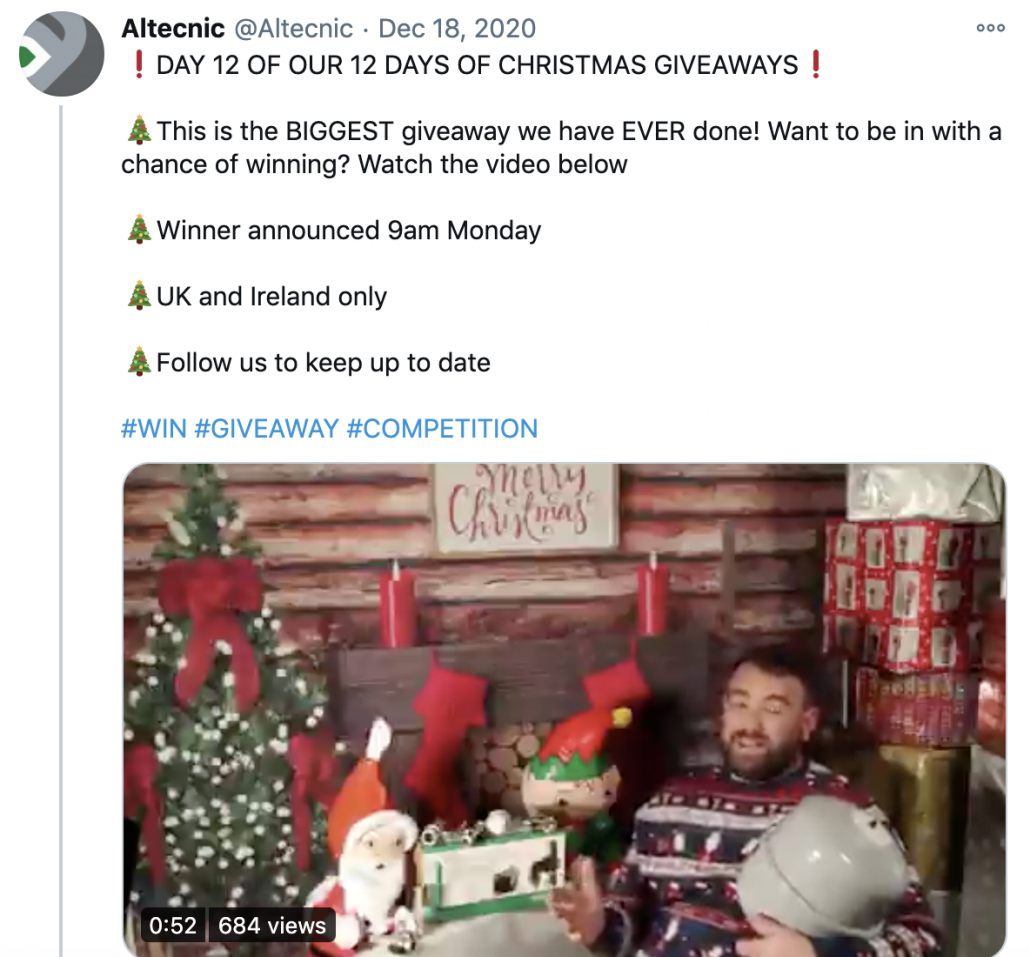How To Create A Successful B2B Campaign In 2023
One of the reasons public relations (PR) is such an exciting role to work in is that to thrive in the industry you need to be dynamic and adaptable, and the same can be said for campaigns. When it comes to a B2B PR campaign, first and foremost, it’s vital to know your key messaging and desired outcomes before you even think about putting pen to paper (or fingers to keyboard) and brainstorming ideas. Let’s explore the fundamentals to creating a successful B2B campaign.
First of all, what is B2B PR?
B2B is short for business-to-business and B2B PR is essentially a way of one business communicating with another business. On the other hand, B2C means business to consumer.
So, when it comes to creating a successful B2B PR campaign, what do you need to know?
Set objectives
As mentioned at the start of the blog, before you do anything else it’s important to examine what the desired outcome of the campaign is. Raising awareness of the business is likely to be part of the campaign KPIs, or perhaps it’s a specific issue or topic that the business would like to champion. Maybe you want to build-up your email database, generate interest in an event or up for a webinar or event or increase social media followers. Whatever the campaign objectives it is vital that they are clear from the start.
Know your audience and how to target them
Now you have your objectives set, it’s time to delve into your target audiences. For some clients, they may want to reach the key decision makers in a business, for others, maybe it’s a specific company department they need to get in front of. A recent example of this is a campaign we did here at Source for Evolve 4 where we had two very different target customers, food manufacturers and primary schools.
In order to establish exactly who those key audiences should be targeted and therefore how we could create a campaign to reach them, we gathered the team at Evolve and Source together and ran a persona workshop. Though these kinds of workshops can be lengthy, they are important as along with objectives they form the foundations of the campaign.
Research and brainstorming for a PR campaign
The fun part! Now it’s time to gather your team and have a brainstorming session. There’s no one size fits all approach to researching and brainstorming and every agency or business will work individually. A good rule of thumb to live by here is that no idea is a bad idea, give everyone the space to gather their thoughts and ideas, air them, write them down on paper or type them out – whatever works best. This shouldn’t be confined to the office, though. Many of us get our best ideas when on a walk, in the shower or during a conversation with a friend.
Channels to use for your PR campaign
If you work in PR, you’ll have likely heard of the staple PESO model. PESO stands for paid, earned, shared and owned media channels, all of which naturally overlap to generate that integrated campaign. Analysing this model can help to determine which channels you’ll be using for your campaign.
Execution and measurement
Skipping straight to execution and measurement, once you’ve set out what channels you’ll be using during your campaign, you’ll need to actually do the work – that goes without saying! Draft and distribute the press releases, pitching in the feature articles, generate the video content, the list goes on.
Once your campaign is complete it’s time to measure results. Measuring results in PR is famously a sticky point and will depend on which channels you utilised for the campaign and the desired outcomes. At Source we have tools in place such as Ace Media which allows the team to capture and track print and online media coverage, as well as brand mentions, audience and lots more. This is just one example of how we measure success for our client’s B2B campaigns.
There we have it, that was B2B campaigns in a nutshell. If you think our team could help you with your next product launch, profile raising activity or social media content then get in touch.





